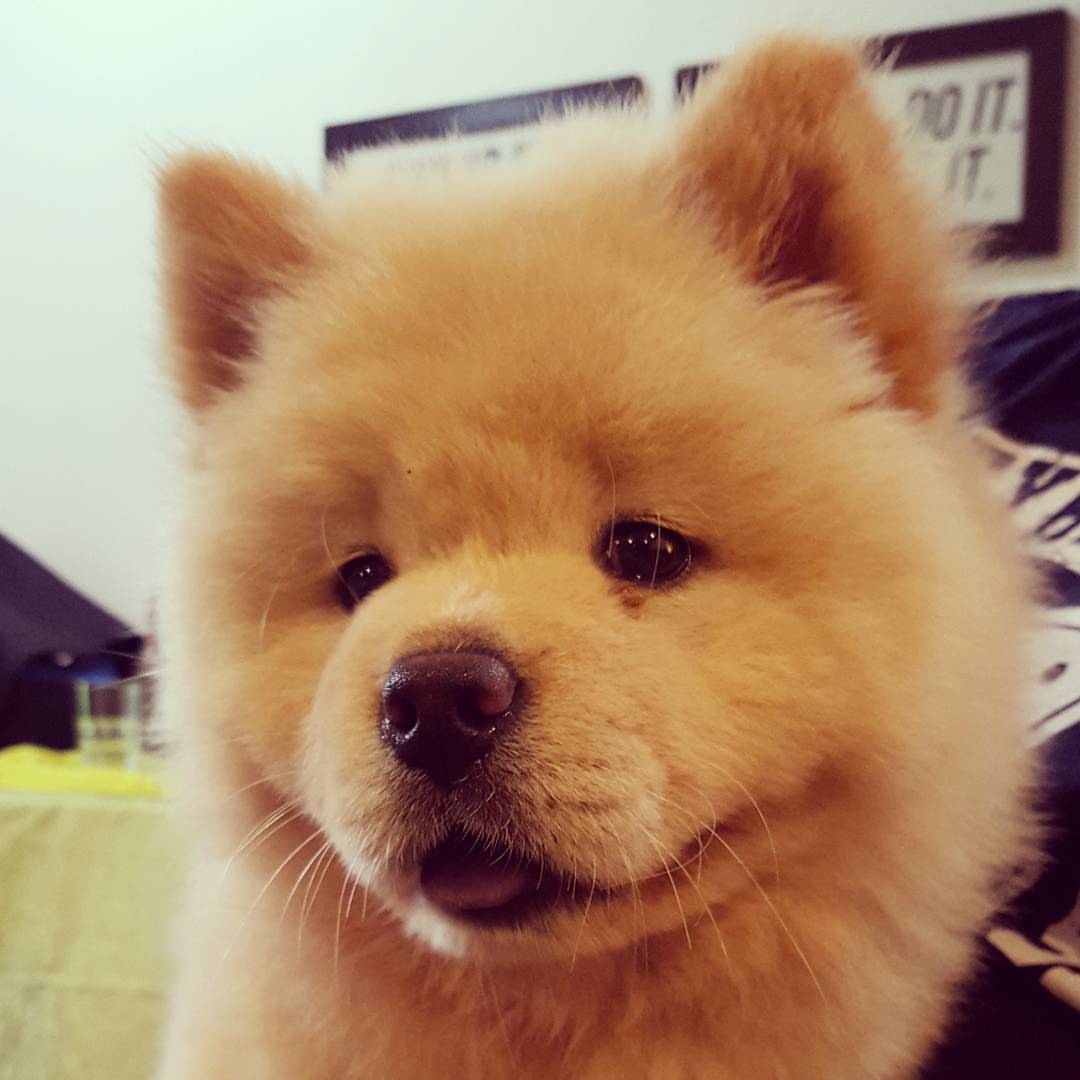Step into a realm of canine magic, where small wonders weave enchanting tales and steal hearts effortlessly. Welcome to the whimsical world of Teacup Chow Chows, where pint-sized charm meets the majestic allure of the canine kingdom. In this blog post, we embark on a captivating journey to unravel the mysteries and marvels of these miniature companions as we delve into their origins, explore their distinctive traits, learn about their specialized care requirements, and dispel the myths surrounding their tiny stature. Brace yourself for a delightful adventure that will leave you utterly enchanted by the irresistible charm of Teacup Chow Chows!
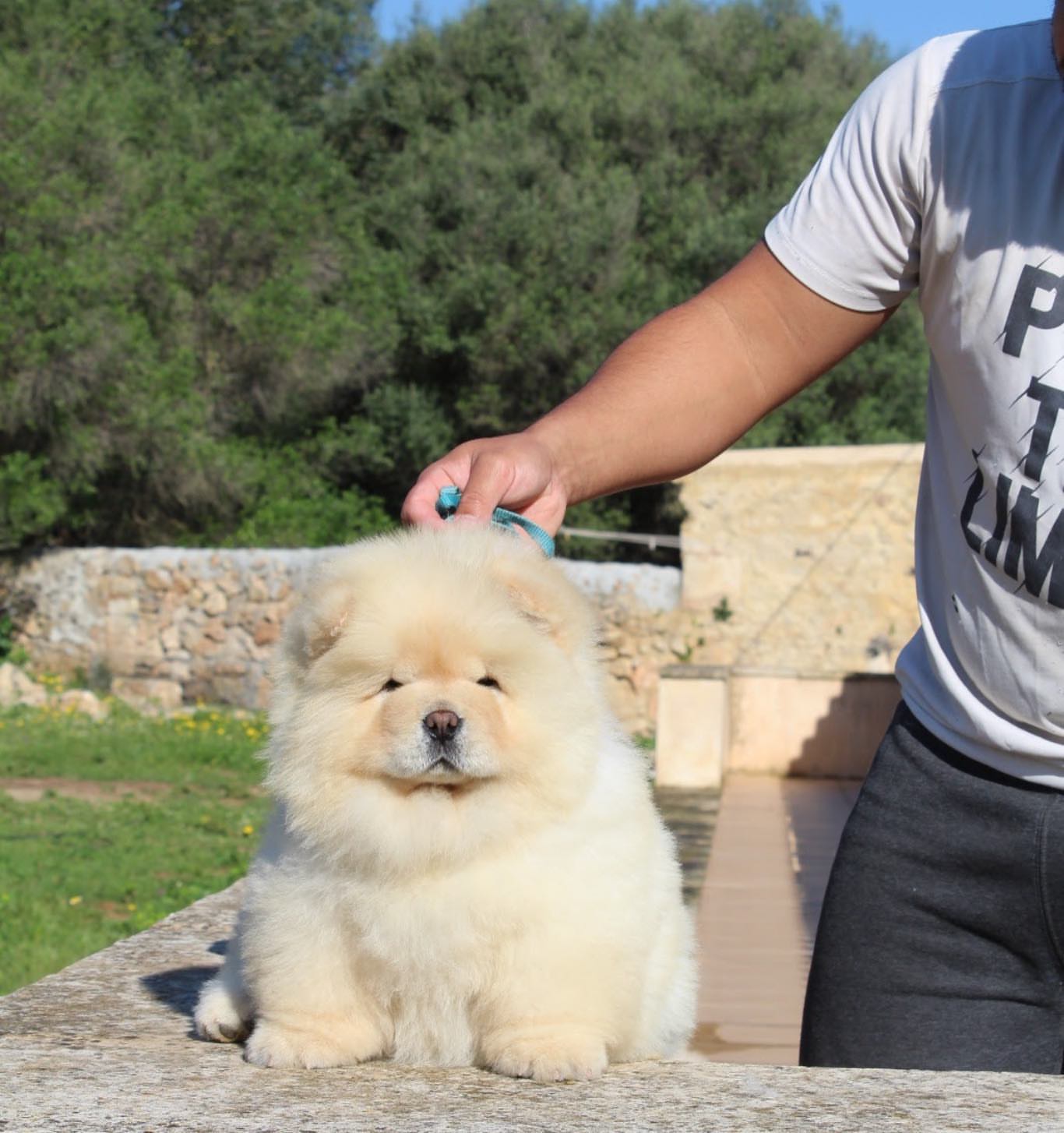
Unveiling the Origins and Popularity Surge
- The beginnings of Chow Chows: A brief historical overview of the majestic Chow Chow breed.
In the annals of history, amidst the opulent palaces of ancient China, the Chow Chow breed first graced the world with its majestic presence. Regarded as one of the oldest dog breeds, the Chow Chow, known initially as “Songshi Quan” or “puffy-lion dogs,” found itself in the esteemed company of Chinese emperors and nobility. These dignified canines served various roles, from guarding precious treasures to pulling carts laden with valuables. Their impressive lion-like mane and stoic demeanor captivated all who beheld them, and they soon became a symbol of nobility and prosperity.
Tracing back over 2,000 years, the origins of Chow Chows intertwine with legends and folklore, further cementing their status as a breed steeped in mystique and enchantment. Their distinct blue-black tongues and sturdy frame added to their allure, making them a breed like no other.
- The Rise of Teacup Variants: How did these adorable miniatures emerge and gain popularity among dog enthusiasts?
These adorable miniatures came into existence through careful breeding practices and a dash of magic. Selective pairings resulted in downsized versions of the Chow Chow, retaining the same regal appearance and endearing personality, but condensed into a more compact package. The Teacup Chow Chows quickly found their way into the hearts of dog lovers worldwide, igniting a newfound fascination with these pint-sized wonders.
You may like: Can I Give my dog Scrambled Eggs?
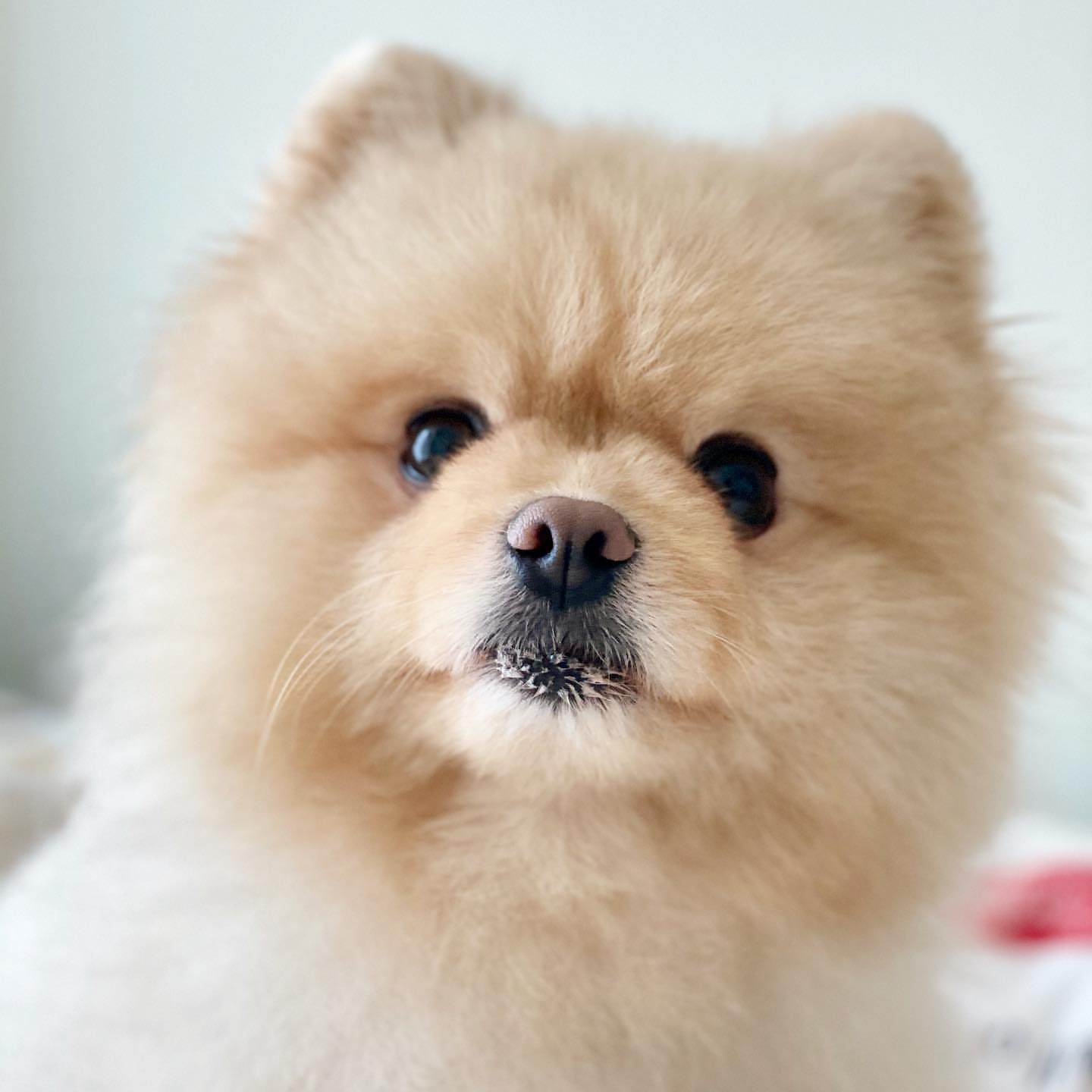
- Debunking Myths: Addressing common misconceptions surrounding Teacup Chow Chows.
As the popularity of Teacup Chow Chows soared, so did the spread of myths and misconceptions surrounding these diminutive darlings. One common misconception is that Teacup Chow Chows are a separate breed altogether, which is far from the truth. They are merely smaller versions of the standard Chow Chow, carefully bred to maintain their charming characteristics.
In the enchanting world of Teacup Chow Chows, knowledge dispels misconceptions, revealing the truth behind these captivating creatures. As we delve deeper into the allure of these pint-sized companions, we uncover the secrets that make them irresistible and why they leave an indelible mark on the hearts of all who encounter them.
The Allure of Teacup Chow Chows
Teacup Chow Chows, the miniature wonders of the canine world, exude an irresistible allure that sets them apart from their standard-sized counterparts. From their unique physical features to their endearing personality, these pint-sized companions cast a spell on all who encounter them.
- Miniature Elegance: Discovering the unique physical features that set Teacup Chow Chows apart from their standard-sized counterparts.
In dog breeds, Teacup Chow Chows stand out like delicate jewels in a treasure trove. While they retain the regal charm of their larger counterparts, their petite size adds an extra layer of enchantment. These miniature marvels typically weigh between 3 to 7 pounds and stand 8 to 12 inches tall, presenting an exquisite and compact package of elegance.
One of the distinguishing features of teacup chow chows is their luxurious coat. Their dense, plush fur comes in various colors, including the classic red cinnamon, black cream, and blue lion-like mane. A nod to their historical roots frames their face with majestic allure. Their distinctive blue-black tongue adds an exotic touch, evoking mystique and wonder.
You may like: Why Does My dog have Black Boogers?
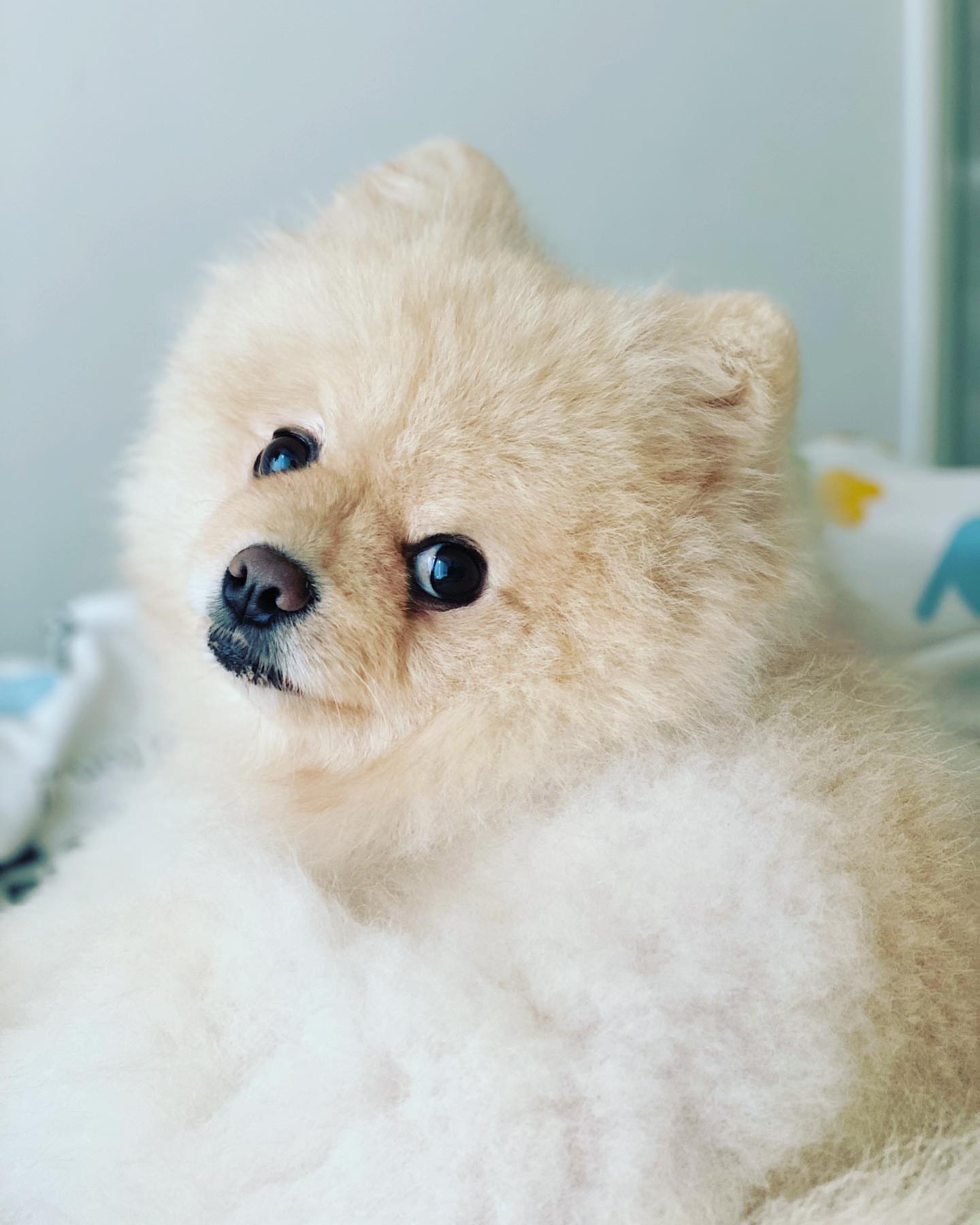
The temperament of these pint-sized companions.
Beyond their captivating appearance, Teacup Chow Chows boast a heartwarming personality that endears them to all. Despite their small stature, they possess a spirit as vast as the cosmos. Beneath their regal facade lies a playful and affectionate nature that knows no bounds.
Teacup Chow Chows are known for their devotion to their human family. They thrive on love and attention and revel in being pampered and cuddled. Their gentle and affectionate disposition makes them wonderful lap dogs, always seeking the warmth and comfort of their favorite humans.
Playfulness is an essential aspect of their personality. These pint-sized bundles of joy possess an infectious energy that radiates through every game they play. They are avid fans of interactive playtime with their humans, always ready to chase after toys and engage in amusing antics that bring smiles and laughter.
While Teacup Chow Chows adores playtime, they also cherish moments of tranquility and relaxation. Their calm and composed demeanor makes them perfect companions for quiet evenings spent cuddling on the couch or strolls through the park.
You may like: Do All Husky Tails Curl?
Caring for Your Teacup Chow Chow
- Health Considerations: Exploring potential health issues specific to Teacup Chow Chows and how to manage them.
While Teacup Chow Chows may appear like delicate porcelain figurines, it is essential to recognize that their petite size can make them susceptible to specific health considerations. Responsible pet ownership involves being well-informed about these potential issues and taking proactive measures to ensure the well-being of these adorable companions.
One of the primary health concerns for Teacup Chow Chows is their susceptibility to hypoglycemia, a condition characterized by low blood sugar levels. Due to their small size, they have a higher metabolism and must be fed small, frequent meals throughout the day to maintain stable blood sugar levels. Skipping meals or inadequate nutrition can lead to weakness, lethargy, and life-threatening situations. Ensuring they receive a balanced diet is vital in preventing this condition.
Their tiny frames may also make them prone to dental issues. Regular dental care, such as brushing their teeth and providing appropriate dental treats, helps maintain their oral health and prevents dental disease.
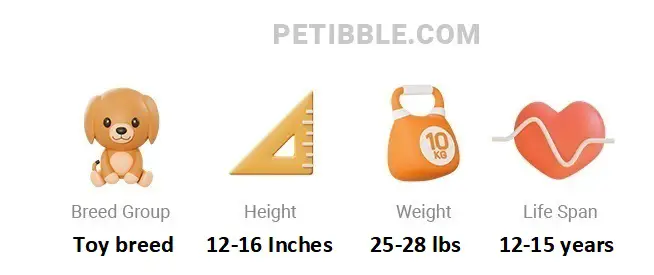
- The Perfect Environment: Creating a safe and comfortable space for your petite pup to thrive.
As cherished members of our families, Teacup Chow Chows deserve a safe and comfortable environment that allows them to flourish. Despite their regal ancestry, these tiny wonders need a cozy, secure space that suits their miniature size.
Teacup Chow Chows thrive in indoor living arrangements where they are shielded from extreme weather conditions. Designate a warm and inviting corner in your home where they can relax and feel secure. Soft bedding provides them with a comfortable spot to rest and rejuvenate.
Being vigilant with household hazards is essential, as their curiosity may lead them to explore unsafe areas. Ensure that toxic plants, household chemicals, and small objects that could be ingested are kept out of reach.
- Nutritional Needs: Tailoring a balanced diet to meet the requirements of your tiny furry friend.
Feeding your teacup chow chow a well-balanced diet is crucial to support their overall health and vitality. Due to their petite size and higher metabolism, they require nutrient-dense meals that cater to their specific dietary needs.
Opt for high-quality commercial dog food specially formulated for small breeds. Look for options that provide essential nutrients like proteins, fats, carbohydrates, vitamins, and minerals in the proper proportions.
Divide their daily food intake into multiple small meals throughout the day to prevent hypoglycemia and ensure they maintain stable energy levels.
Resist the temptation to overfeed these pint-sized companions, as obesity can lead to numerous health problems. Follow your veterinarian’s guidance on portion sizes and monitor their weight to maintain a healthy balance.
In the caring hands of a responsible pet owner, Teacup Chow Chows can lead happy and healthy lives, thriving in an environment tailored to their unique needs.
You may like: Can dogs get dementia?
Nurturing the Bond
- Training Tips: Navigate the training process with your Teacup Chow Chow for a well-behaved companion.
Training a Teacup Chow Chow is a rewarding journey that cements the bond between you and your tiny companion. Their intelligence and eagerness to please make them fast learners, but patience, consistency, and positive reinforcement are the keys to successful training.
Start early with basic commands like sit, stay, come, and leash training. Use positive reinforcement techniques such as treats, praise, and gentle encouragement to motivate and reward their good behavior.
- Socialization and Interaction: Socializing your tiny canine is essential to ensure a well-adjusted and happy pet.
Organize playdates with other friendly dogs to allow them to interact and learn appropriate canine communication. Gradually introduce them to new experiences and environments, ensuring each interaction is positive and enjoyable.
Playtime and Activities: Engaging ways to keep your Teacup Chow Chow entertained and mentally stimulated.
Despite their small size, Teacup Chow Chows have abundant energy and intelligence that requires channeling into constructive activities. Engage them with interactive toys, puzzle games, and treat-dispensing toys that stimulate their minds and keep them entertained.
Regular walks and outdoor play sessions provide them with essential exercise and mental stimulation. Remember to adjust the intensity and duration of activities to suit their size and energy levels.

Teacup Chow Chows in the Spotlight
An endearing trend has taken center stage in the vast expanse of the internet, captivating hearts far and wide. Teacup Chow Chows, with their undeniable charm and enchanting personalities, have risen to social media stardom, becoming internet sensations that inspire smiles and warm the souls of viewers across the globe. Let’s take a closer look at their journey to fame and how they’ve won the adoration of millions.
The internet has heartwarming stories and delightful antics of Teacup Chow Chows that have captured the spotlight. One of the most heartwarming tales involves rescue stories that recount the journey of these tiny pups from hardship to happiness. From being abandoned or neglected, they find loving forever homes where they thrive and blossom into joyful and contented companions. These tales of transformation resonate deeply with audiences, illustrating these remarkable dogs’ resilience and capacity for love.
As responsible dog lovers, we must advocate for ethical breeding practices and promote responsible ownership. Supporting reputable breeders who prioritize their Teacup Chow Chow’s health, temperament, and quality of life is crucial in preserving their charm and ensuring their long-term happiness.
Adopting reputable shelters and rescue organizations is another way to give a forever home to a needy Teacup Chow Chow. By choosing adoption over purchasing from unethical breeders, we contribute to the welfare and well-being of these lovely dogs while encouraging positive change within the dog breeding community.
Conclusion:
As our journey through the enchanting world of Teacup Chow Chows draws close, one thing is abundantly clear: these miniature wonders hold a captivating allure that transcends their size. From their regal history to their affectionate personalities, Teacup Chow Chows have woven a spell that enchants all who encounter them.
Whether you’re already a proud owner of one of these diminutive darlings or are considering welcoming one into your heart and home, embracing the responsibilities and joys they bring is a truly magical experience. So, with hearts full of love and open arms, let us assume the enchantment of Teacup Chow Chows, cherishing each moment with these delightful companions who prove that big magic can come in small packages.


